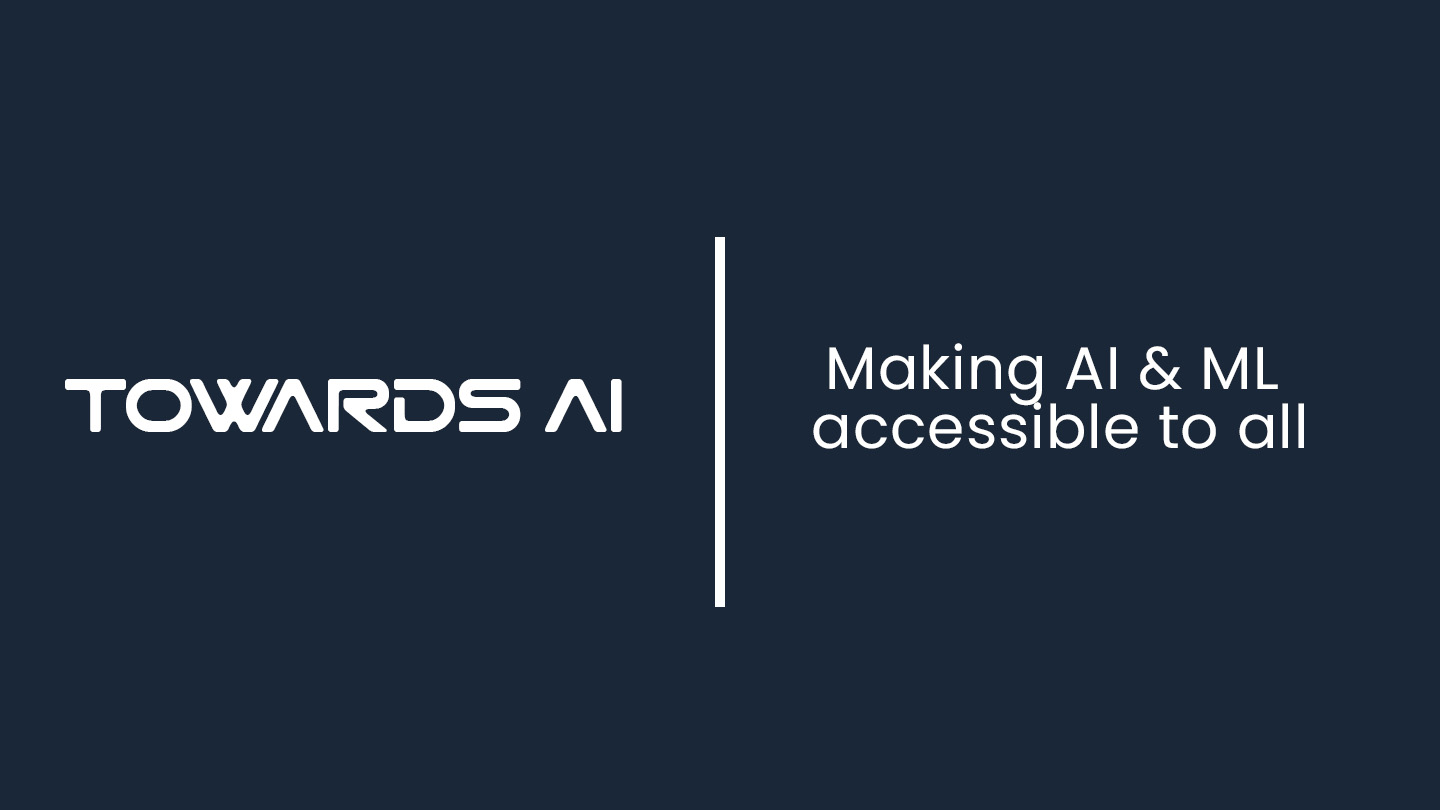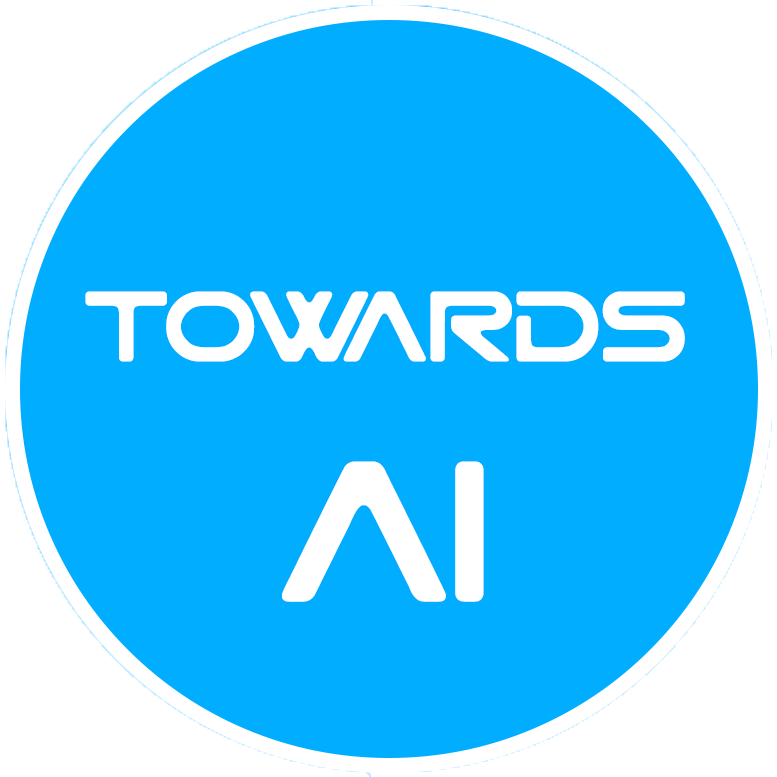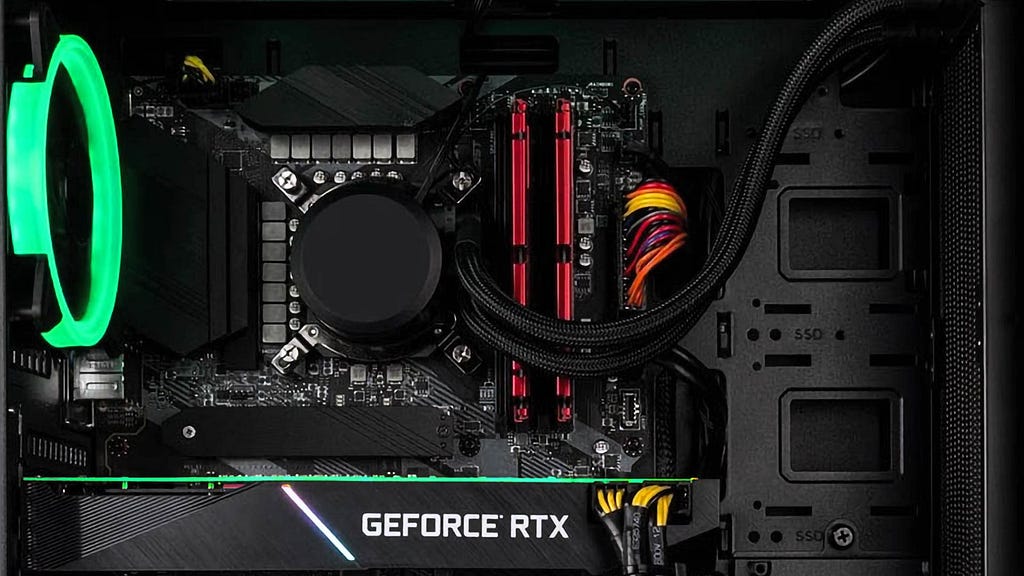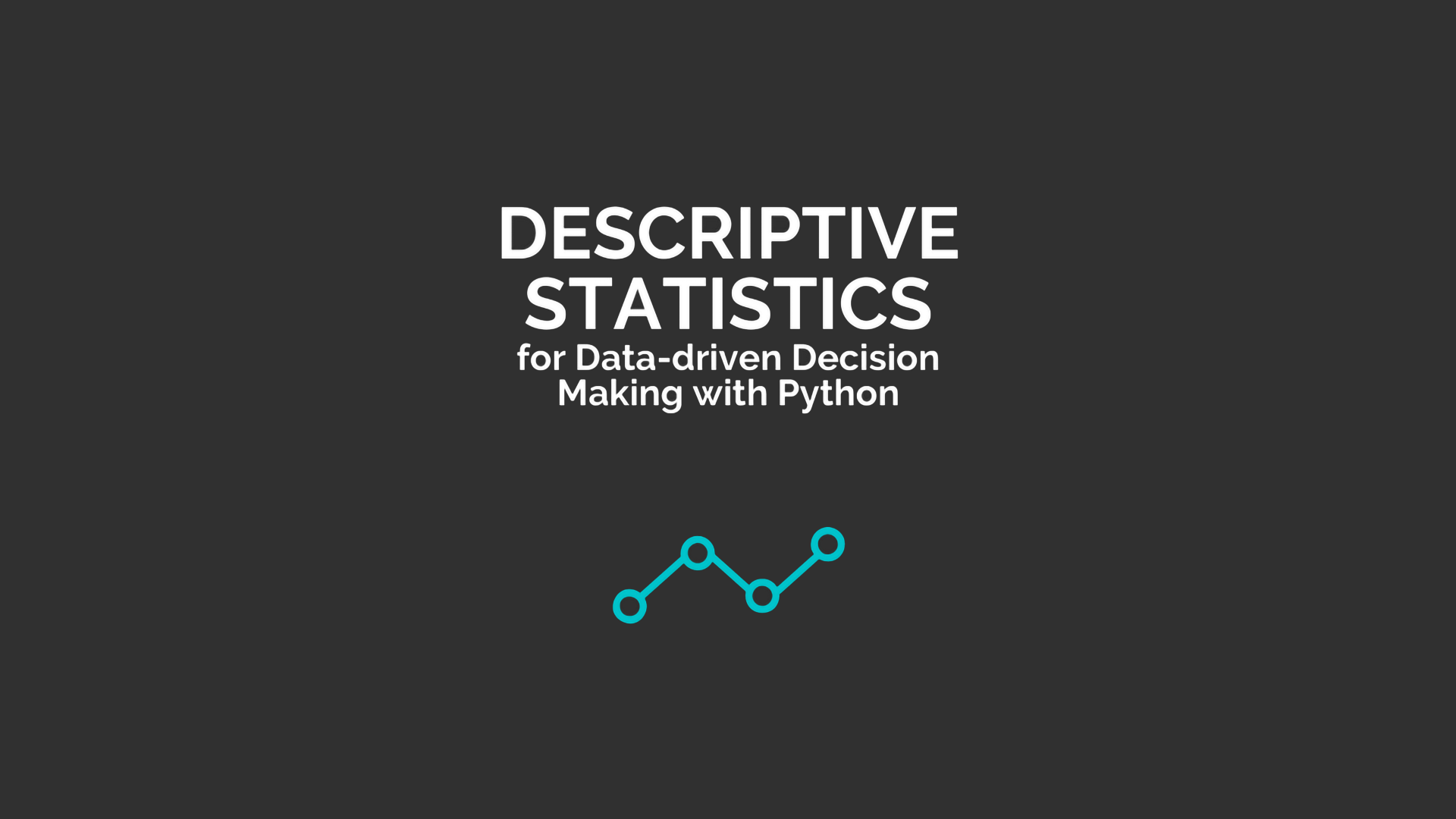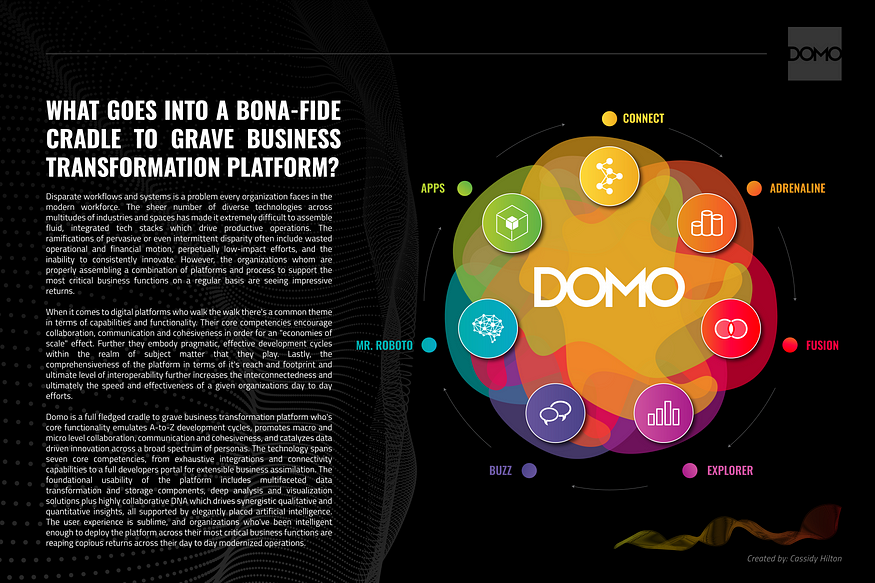
Why Everyone Gets the “Essential AI Engineer Stack” Wrong
Last Updated on August 29, 2025 by Editorial Team
Author(s): Mayank Bohra
Originally published on Towards AI.
It’s not about the number of tools you know, it’s about the ones you use to build production systems.
Let’s be honest. The AI space moves faster than most of us can keep up with. One week it’s all about fine-tuning, the next it’s agentic workflows and RAG. If you’re trying to build anything real, anything that goes beyond a cool demo or a local script, focusing on all the shiny new things is a recipe for burnout.

The article discusses the fast-paced AI landscape and emphasizes that success in building production-ready AI systems relies on mastering a core set of reliable tools rather than trying to learn every new framework. It suggests focusing on essential libraries that can facilitate the transition from prototype to production, elaborating on specific tools and their roles in orchestrating processes, accessing models, managing data storage, and ensuring performance and reliability in AI applications.
Read the full blog for free on Medium.
Join thousands of data leaders on the AI newsletter. Join over 80,000 subscribers and keep up to date with the latest developments in AI. From research to projects and ideas. If you are building an AI startup, an AI-related product, or a service, we invite you to consider becoming a sponsor.
Published via Towards AI

